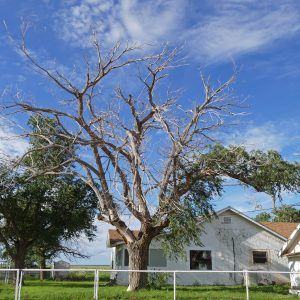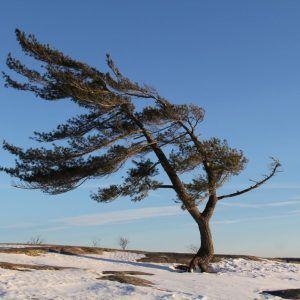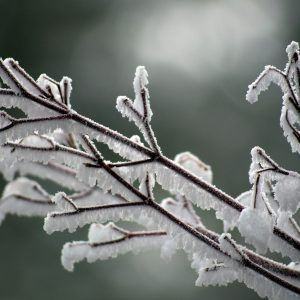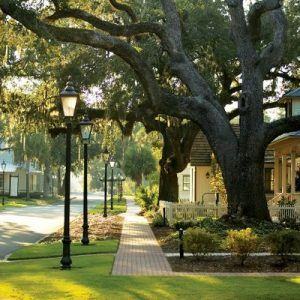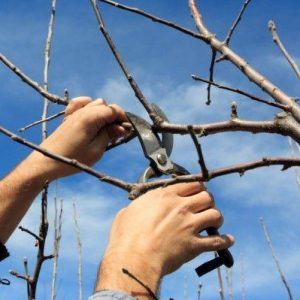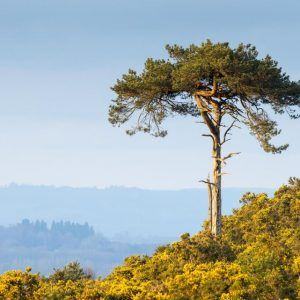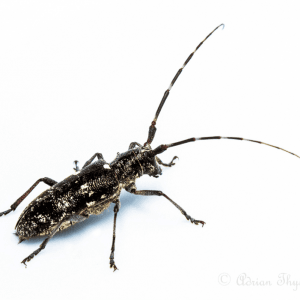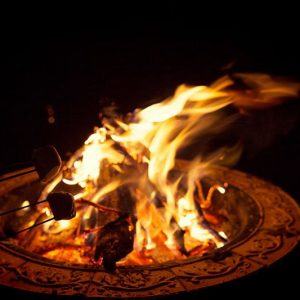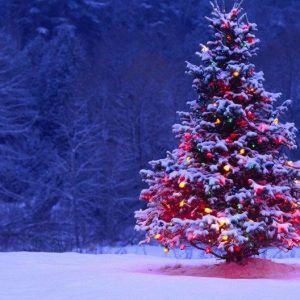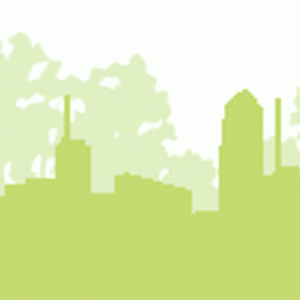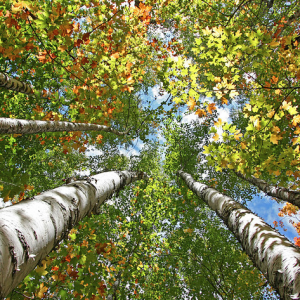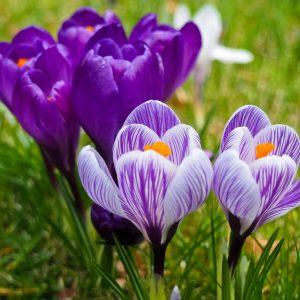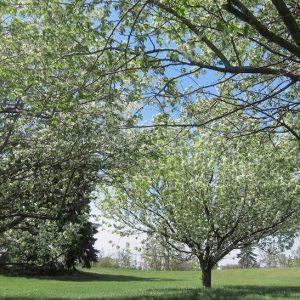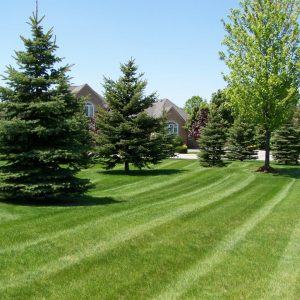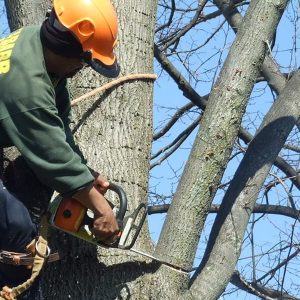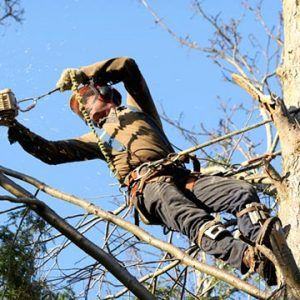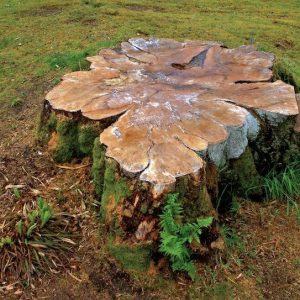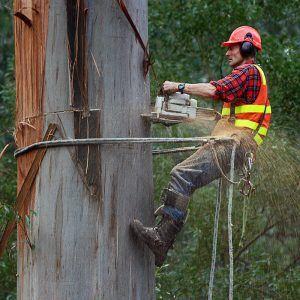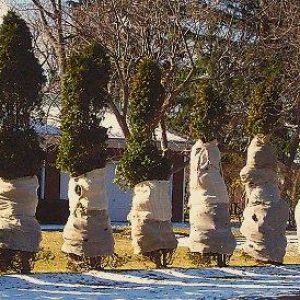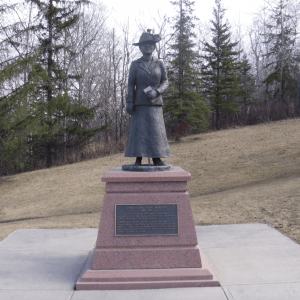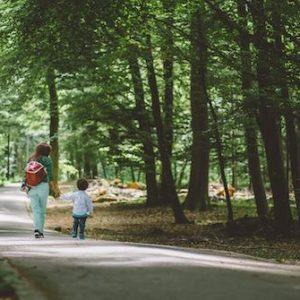Otherwise known as the Fraxinus pennsylvanica, this tree’s likely to be close at hand wherever you live, work, or play in Edmonton. In fact, approximately 40 percent of our street and boulevard trees are green ash, making it one of the most popular trees in the city. It’s one of Edmonton’s larger shade-providing varieties, often seen lining our streets at heights of 17–25 metres, providing a refuge from the sun with 8 or 9 metre spreads of their open crowns, standing tall as the glossy focal point of an urban or rural property, or as a shelterbelt for crops and livestock.

Green ash trees have an amazing range across Canada (and the US), from Nova Scotia to Edmonton city streets. These straight, hardy trees are perfectly suited for our Albertan climate: extreme heat and cold won’t fell this northern pioneer. They like to be planted in direct sunlight, and can adapt to just about any type of soil (even soil that’s overly wet or overly dry and devoid of salt). While they don’t live especially long (only about 50 to 90 years, in fact, and rarely over 100), they grow quickly (4 to 25 inches per year!), and are quite easy to transplant, making them good urban dwelling and accommodating specimens.
There are a few things to remember when dealing with the green ash in your life. First, they have extremely hard wood — if you’re going to be pruning, removing dead branches, or even chopping one down, you’re going to need sharp implements and great tree-cutting know-how. Also, pruning for diseased, damaged, or dead branches should occur in the spring, but don’t be alarmed if you don’t see the green ash’s leaves when all the other neighbourhood trees have bloomed: they are extremely slow to sprout. In the fall, they lose their leaves as soon as the cold weather hits, meaning they don’t give much of a fall-colour showing and they spend the majority of their time devoid of leaves. Because they stand naked for much of the year, the trunks can sunscald in direct sunlight or wherever it’s reflected off of snow, so this may require wrapping, painting, or shading depending on how young your tree is.
As for insects, most don’t cause too much damage. Ash bark beetle grubs will often eat their way out of green ash branches, creating dead limbs (ringed with holes) in the process. You should always ensure that deceased branches are removed, and keep your tree healthy with deep root fertilizing and proper hydration! Ash leaf conerollers also like eating green ash trees — they roll up leaves as protective coverings and then eat their homes — but this isn’t so much dangerous as it is somewhat unsightly. On the other hand, the emerald ash borer beetle is on its way through the provinces from out east, and this invasive insect carries a fungus that’s absolutely deadly to the green ash. We’ve got to remain vigilant about monitoring the beetle’s progress if we want to maintain these tough, deciduous residents.
For any kind of help with green ash trees — if you need assistance with planting or transplanting, pruning or removal, treatment for sunscalding or insect invations, or whatever the case might be — remember to call our certified arborists. We’re more than capable of taking on any green ash-related issues and work hard to preserve this Edmonton institution!


